The question, "How long does a tire last?" tends to be followed by several others like, “What causes a tire to wear? When should tires be replaced? What can be done to make tires last longer?” Fortunately, we can help provide clarity around these questions.
There is no exact answer to how long a particular tire will last, but there are things a driver can do to get the most out of their tire investment and avoid driving on unsafe tires. On average, people drive between 12,000 to 15,000 miles a year, which means the average good quality all-season tire will last somewhere between three and five years, depending on maintenance, driving style and conditions, etc.
The National Highway Traffic Safety Association (NHTSA) states a driver is three times more likely to be involved in a crash caused by poor tire condition. Safer is smarter when it comes to the health of tires, so if there is ever a question on tread wear or age, have the tires checked.
Multiple factors play a role in how long a tire may remain in service. Miles driven, road conditions, driving style, maintenance and age all affect how long a tire lasts.
Worn vs. Aged
Tires naturally wear the more they are driven and worn out tires provide reduced traction compared to those with adequate tread, especially in adverse weather conditions. Most drivers understand worn out tires (remaining tread depth at or below 2/32”) should be removed from service.
Many drivers are not aware that minimally used tires, like the ones on recreational vehicles, collectible cars, or even spare tires, tend to experience aging instead of wearing, due to a lack of driving. An aged tire has a substantial amount of tread; however, the structural integrity of the tire is weaker because the tire needs to be driven for the chemicals in the rubber to remain effective.
Curbs, Potholes, and Other Hazards
Hitting curbs or driving on roads in poor condition (potholes, broken pavement, poorly graded railroad crossings, unpaved roads, etc.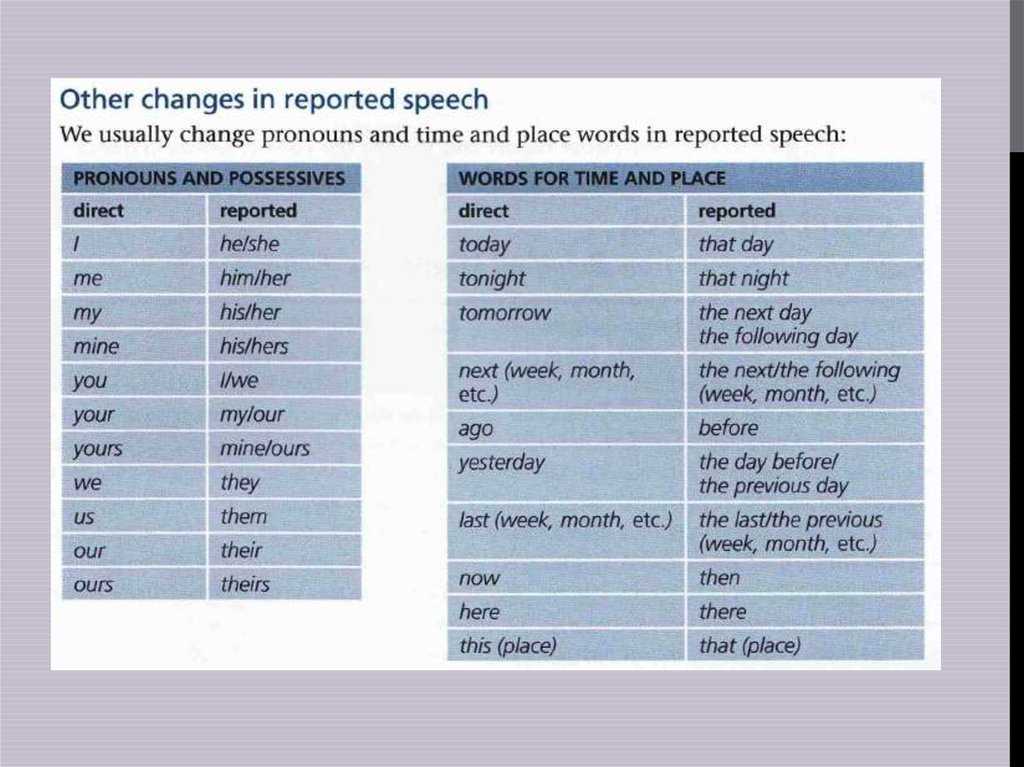 ) can cause misalignment, and suspension damage that affects tire wear. If your daily drive includes these challenges, be sure to schedule annual suspension, alignment and tire checks.
) can cause misalignment, and suspension damage that affects tire wear. If your daily drive includes these challenges, be sure to schedule annual suspension, alignment and tire checks.
Weather Conditions
Driving in poor weather conditions like ice, snow, and rain can cause tires to wear quicker because they must work harder to maintain traction. Purchasing tires that are specially engineered to perform in specific weather conditions can provide drivers with an extra measure of traction and control (meaning greater safety) while delivering good treadwear.
Bridgestone offers different types of tires designed to keep you and your car safe during any weather or road condition. For example, Bridgestone's Blizzak tire series is built to perform in harsh winter weather conditions providing durable traction on snowy and icy roads, and the Dueler tire series is one of several that offer a secure grip on wet road conditions for areas that experience heavy rain.
Poor Driving Habits
Poor driving habits like hard cornering, quick acceleration, and sudden braking can increase the stress on tires tremendously, causing them to wear rapidly. Drivers can extend the life of their tires significantly by avoiding aggressive driving.
Drivers can extend the life of their tires significantly by avoiding aggressive driving.
Neglected Maintenance
It is important to regularly have tires checked for damage, to maintain air pressure levels, and to keep tires aligned and rotated. Without proper maintenance, tire life can be reduced by as much as half - even more, in some cases.
If the below signs are evident with your tires, it may be time to have them replaced.
Low Tread Depth
Tread loss is a significant sign a tire needs to be replaced. Low tread is a sign driver can physically see happening on their tire. Depending on the part of the tire that is wearing, there may be other problems with the vehicle.
Pronounced inner or outer shoulder wear: tires are misaligned
Edge of the shoulder wear: tires are under-inflated, need to be rotated or both.
Center wear: tires may be overinflated or have been subjected to extremely hard acceleration.
Cupped wear: the vehicle is experiencing suspension problems
All tires have tread wear indicators built-in, but if the tread looks low take time to do the penny test on the tires.
Rough Drive
If you’re experiencing a vibration (particularly if it just started), or high (and increasing) levels of tire noise it may be a sign your tires are out of balance, not wearing properly or have a structural issue. In some cases, this may affect safety, so have your tires checked by a qualified professional asap.
DOT Number
The U.S. Department of Transportation (DOT) number on the tire’s sidewall is another way to help keep track of when they need to be replaced. It’s easy to identify - look for the letters “DOT” followed by eleven or twelve letters and numbers. On tires made after the year 2000 the final four digits signify the week and year of manufacture. So, a tire with “3618” would have been made in the 36th week or 2018. A tire that has a 3-digit week-and-year code means the tire was made before the year 2000 and should be replaced due to age.
Bridgestone recommends that its Bridgestone or Firestone brand tires be removed from service after ten years regardless of their remaining tread depth. They also recommend periodic inspections by a qualified technician for damage such as punctures, impact damage, signs of improper inflation or overloading, or other conditions resulting from the use or misuse of the tire.
Tires are both one of the largest maintenance expenses a vehicle owner is likely to face, and one of the most critical in terms of driving safety and performance. For both reasons it’s important to care for them properly. Bottom line: good maintenance and driving habits help keep drivers safe, and it saves them money by extending tire life.
Easy Does It
Tire life can be reduced by as much as half when they’re subjected to a lot of hard braking and aggressive acceleration from a standstill. Avoiding tailgating to reduce the need for frequent hard braking will increase tire life.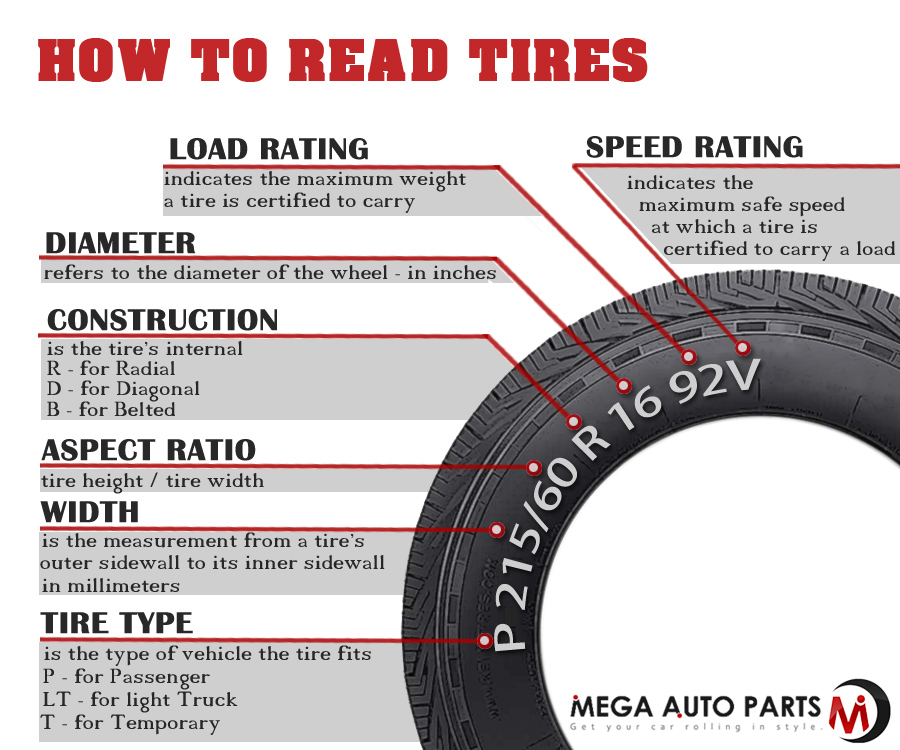 Easing into the throttle when pulling away from a stop reduces strain on the tires and improves wear. Slowing before sharp corners also reduces stress on tires, as does avoiding potholes and broken pavement when possible. If you’re interested in spending less on tires, following these steps can help.
Easing into the throttle when pulling away from a stop reduces strain on the tires and improves wear. Slowing before sharp corners also reduces stress on tires, as does avoiding potholes and broken pavement when possible. If you’re interested in spending less on tires, following these steps can help.
Regular Maintenance
Another way to extend tire life is to keep up with the proper maintenance of a vehicle and its tires. A couple of things you can do yourself are to check the air pressure and tread depth. You should have a qualified technician periodically check their balance and alignment and be sure to have tires rotated at regular intervals. maintenance is essential for your tires to perform their best and last their longest.
We believe everyone should be able to make financial decisions with confidence. And while our site doesn’t feature every company or financial product available on the market, we’re proud that the guidance we offer, the information we provide and the tools we create are objective, independent, straightforward — and free.
So how do we make money? Our partners compensate us. This may influence which products we review and write about (and where those products appear on the site), but it in no way affects our recommendations or advice, which are grounded in thousands of hours of research. Our partners cannot pay us to guarantee favorable reviews of their products or services. Here is a list of our partners.
When the tread depth gets too low or your tires hit the six-year mark, it's time for new rubber.
Many or all of the products featured here are from our partners who compensate us. This may influence which products we write about and where and how the product appears on a page. However, this does not influence our evaluations. Our opinions are our own. Here is a list of our partners and here's how we make money.
While the consensus across the auto industry is that you should consider replacing your tires at least every six years, there’s no magic number for how often you should replace them.
Tires become unsafe when tread becomes too thin, rubber is degraded by time and temperature or their sidewalls are damaged. A flat is an inconvenience, but a blowout or sketchy grip can lead to an accident.
Although tires can be a substantial expense for a car owner to handle at one time, wear and tear — and their replacement — is mostly predictable. Here’s a rundown of how to determine if your tires need to be replaced and common signs that your tires aren’t up to par.
Tires have grooves known as tread that help them grip the road. While most new tires have a tread depth around 10/32nds of an inch, the tread wears down over time. This makes it more difficult to steer your vehicle, reduces traction and increases braking time.
The U.S. Department of Transportation deems tires that have tread at or below 2/32nds of an inch to be unsafe. While your tire technically has enough tread to drive at this point, it can be dangerous to drive your car in certain conditions or for long distances.
There are three ways to figure out your tires’ tread depth:
Tread wear indicators are built into tires and are raised, evenly spaced sections in the grooves of your tire tread. On new tires, they are not as high as the tread. However, when the tread reaches the same level as the indicators, it means it’s time to replace the tires.
Tire tread gauges are relatively cheap tools that let you measure your tread in thirty-seconds of an inch. This will show you the exact measurement of your tire tread.
The penny test lets you estimate tread depth based on where the tread hits a penny. To do this test, take a penny, turn it upside-down, and insert it straight down in the groove of a tire’s tread. Look straight on at the penny to determine where the tread hits President Lincoln’s profile. If you can see his entire head, you’ve hit the mark and need new tires.
Regardless of how many miles they’ve driven, tires degrade over time and become more prone to failure.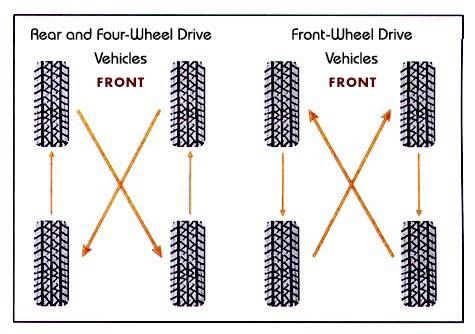 Factors like environmental conditions, storage and maintenance can influence how long a tire will last even if it’s only driven a few hundred miles a month.
Factors like environmental conditions, storage and maintenance can influence how long a tire will last even if it’s only driven a few hundred miles a month.
While there’s no set requirement for when to replace tires according to age, the general recommendation is to replace them six years after the manufacture date and to never drive on tires that are older than 10 years.
Of course there are other times when your tires are telling you it’s time for replacement despite what your tread measurement might say.
You moved to a new climate. Some tires are designed for specific conditions such as extreme temperatures. Winter tires, for example, have deeper tread and are meant to be more flexible in cold weather; driving them on warm pavement can wear them down more quickly. If you move to a new climate, pay attention to road conditions and weather patterns to determine if you need different tires.
You’re losing traction. If it feels like your car is slipping or sliding during wet weather, this could be a sign of low tire tread that is failing to channel water away effectively. Because tire tread can wear unevenly, you might not notice that some of your tread has worn thin and is affecting your traction.
If it feels like your car is slipping or sliding during wet weather, this could be a sign of low tire tread that is failing to channel water away effectively. Because tire tread can wear unevenly, you might not notice that some of your tread has worn thin and is affecting your traction.
Most modern cars activate a warning light when your car loses traction. If you are seeing this warning light more frequently as time goes on, check the condition of your tires.
Your tires aren’t holding pressure like they should. Certain types of tire damage, including debris between the rim and the tire and damage to the sidewall, can cause continuous pressure loss. Some damage might be repairable, but some situations will call for new tires.
🤓Nerdy Tip
An average of 2% air loss in tires is common for every drop of 10 degrees in outside temperature. So don’t worry if your tire pressure varies a bit when it starts to get colder outside.
About the author: Whitney Vandiver is a writer at NerdWallet currently focusing on small business.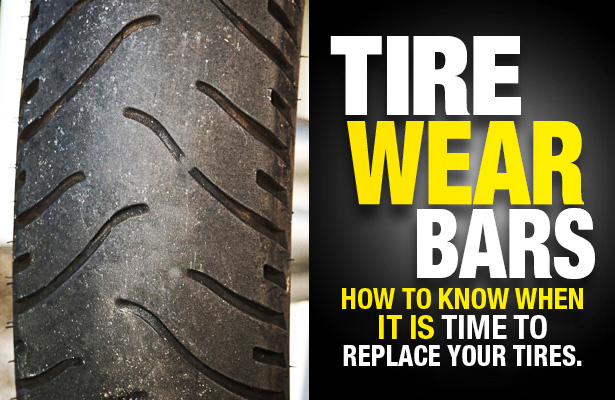 Read more
Read more
On a similar note...
Get more smart money moves – straight to your inbox
Sign up and we’ll send you Nerdy articles about the money topics that matter most to you along with other ways to help you get more from your money.
0003Related materials
7 rubber signals: what the tire says about car problems
How do you know when tires are completely worn out and it's time to change them? Everything is simple. For summer tires, the limit is 1.6 mm of residual tread depth, and for winter (or all-season tires used in winter) - 4 mm. Modern summer tires can travel from 40,000 to 70,000 km, depending on driving style and vehicle characteristics. An average motorist rolls such a mileage on summer tires in 2-3 seasons. Moreover, wear implies not only a decrease in tread depth. For millions of cycles of deformation, the strength of the carcass and its adhesion to the layers of the rubber compound are violated.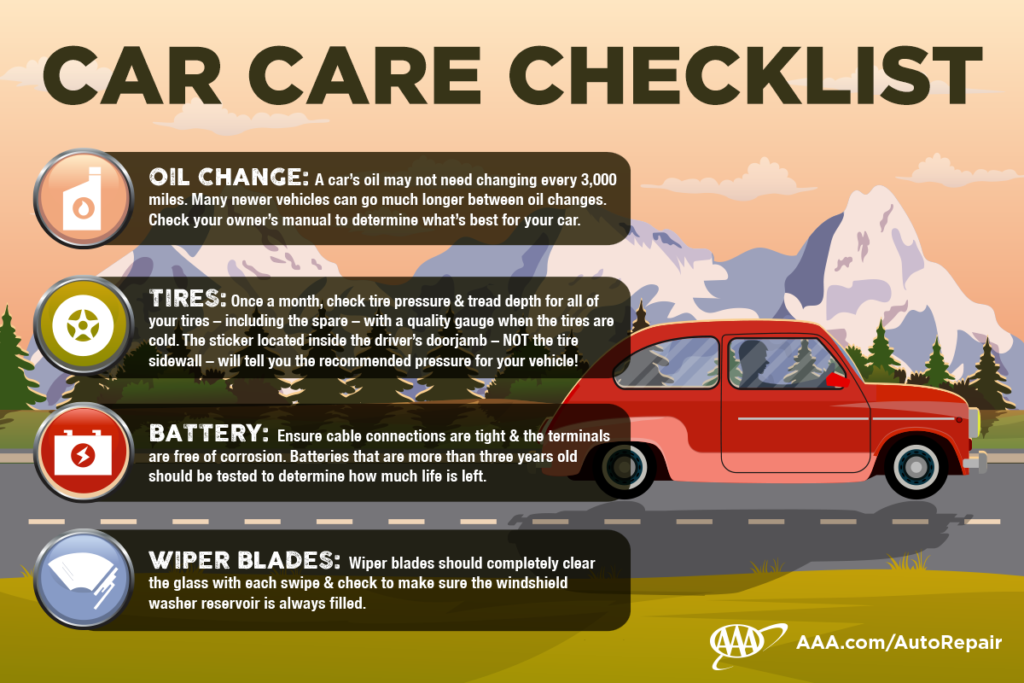 In short, every 2-3 years you should buy a new set of tires.
In short, every 2-3 years you should buy a new set of tires.
In case of irreparable damage to one of the tires and a relatively high total mileage of the kit, it is also worth considering replacing it. Well, or about buying at least a pair of new tires, which, for any type of drive, should be installed on the front axle. We put two tires back - the most decent of the remaining ones.
Many motorists drive only a few thousand kilometers a year. This does not mean that the tires will serve you for several decades. According to Russian requirements (GOST 4754-97), the service life of passenger car tires is 5 years from the date of manufacture. And for example, Continental recommends that all car tires (including the spare tire) older than 10 years old should be replaced with new ones. Therefore, with small runs, you can navigate for ten years. The date of manufacture of the tire is indicated on the sidewall. Usually it is an oval with four numbers. The first two are the ordinal number of the week in the year, the last two indicate the year.
The first two are the ordinal number of the week in the year, the last two indicate the year.
Related materials
How to change the car yourself - detailed instructions
Tires should be rotated periodically in accordance with the vehicle manufacturer's recommendations - information on this can be found in the owner's manual.
We can advise you to carefully use the tires and, most importantly, to store them correctly in the off-season. First of all, during storage, it is important to exclude direct sunlight from hitting the tires, which greatly age the rubber. Tires without rims should be placed vertically, and stacked on rims.
And before installing tires on a car at the beginning of the season, evaluate their condition. There should be no cracks in the tread and sidewalls. The tire should not be dry, it should remain rubbery and not look like baked plastic.
Related materials
Driving on badly worn tires - will I be fined or not?
Winter tires have a much shorter life span. They almost always fail due to the wear of the treadmill, because the tread of a new tire is 7–8 mm, and only 3–4 mm remain working height. If the tires are studded, then with such wear there are very few metal elements left, and the tire will not provide adequate safety when driving on a winter road. However, not only spikes, but also Velcro, with such a degree of wear, also lose most of their capabilities.
The real life of winter tires rarely exceeds 30,000 km. "Bald" winter tires without studs can be re-rolled in summer, but their grip on hot road surfaces will be very poor. This must be taken into account, especially when braking.
***
So: tires that have not yet worn out along the tread (that is, up to 1.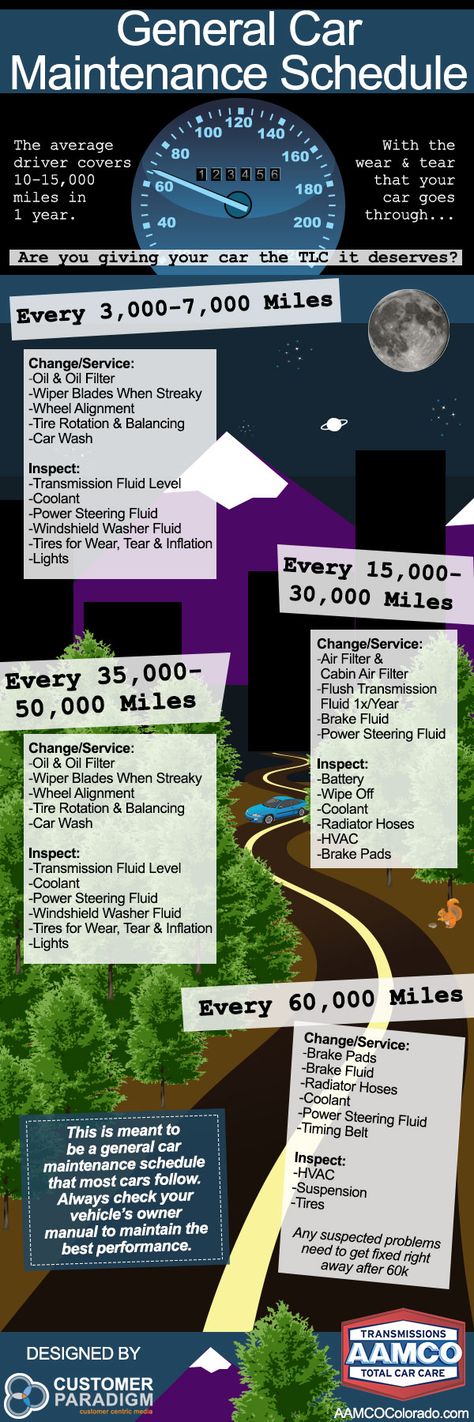 6 mm tread depth for summer tires, 4 mm for winter tires) are changed either ten years after the date of issue, or when the rubber layer cracks tires or damage.
6 mm tread depth for summer tires, 4 mm for winter tires) are changed either ten years after the date of issue, or when the rubber layer cracks tires or damage.
Our new video
Peugeot from Iran: to take or not? Video
4 cool features of Moskvich 3: blitz test of the first serial crossover
Geely Tugella: just look!
Did you like the note? Subscribe and you will always be in the know!
Driving on Yandex.Zen
News smi2.ru
Car tires - elastic shell mounted on a disc rim. It is the tires that dampen the small vibrations that occur due to imperfect roads and compensate for the inconsistency in the trajectories of the wheels. The characteristics of tires affect: driving comfort, maneuverability and vehicle stability. However, even the highest quality rubber eventually deteriorates. Therefore, every driver should know how to correctly determine the degree of tire wear in order to replace them in time. Car and truck tires have different periods of use, depending on both the initial characteristics of the products and the operating conditions.
However, even the highest quality rubber eventually deteriorates. Therefore, every driver should know how to correctly determine the degree of tire wear in order to replace them in time. Car and truck tires have different periods of use, depending on both the initial characteristics of the products and the operating conditions.
Tires wear out not only due to operational loads. They are characterized by natural aging, since the rubber compound from which the tires are made gradually loses its elasticity and resilience. The use of such rubber leads to a deterioration in vehicle controllability and creates dangerous conditions due to the high probability of tire rupture on the way.
In accordance with GOSTs 4754-97 and 5513-97, the warranty period for car tires is 5 years. Foreign manufacturers claim that the working life of tires is 5-10 years. There are no legislative acts obliging drivers to change tires after this period, but in order to create safe driving conditions, the driver must take into account the recommendations of GOST. Manufacturers usually set their own warranty periods.
Manufacturers usually set their own warranty periods.
Michelin, Bridgestone, Nokian, Continental, Dunlop, Pirelli, Yokohama:
| Brand | Warranty period declared by the manufacturer |
| Bridgestone | Tire dependent - 3-6 years |
| Nokian
| 5 years |
| Continental | 10 years old |
| Dunlop | Tire dependent |
| Pirelli | Tire dependent |
| Yokohama | 5 years |
| Michelin | 10 years old |
During the warranty period, the responsibility for identified significant defects rests with the manufacturer. The owner of the vehicle will be forced to eliminate defects on his own if there have been:
The owner of the vehicle will be forced to eliminate defects on his own if there have been:
If the vehicle is used intensively, it may be necessary to replace the tires before the end of the warranty period. Therefore, regulatory documents establish the mileage after which you should think about replacing tires.
The maximum standard mileage is:
The actual rate of tire wear may differ from the standard values due to a whole list of factors, such as:

You can determine the need for tire replacement yourself by the following signs:
Table of minimum allowable tread depth for different modes of transport as amended on 01/01/2015
| Minimum allowable remaining tread depth | Type of transport |
| 0.8 mm | L - motorcycles, mopeds, quad bikes |
| 1.0 mm | N2, N3, O3, O4 - trucks with a maximum permissible mass of more than 3. |
| 1.6 mm | M1, N1, O1, O2 - cars, trucks and trailers with a maximum authorized mass of less than 3.5 tons |
| 2.0 mm | M2, M3 - buses |
| 4.0 mm | Winter tires marked M+S, M&S, M S, the amount of residual tread depth does not depend on whether tires are installed on cars or trucks |
 If it does not exceed 50% of the original value, then the tires must be replaced.
If it does not exceed 50% of the original value, then the tires must be replaced. Important! If the outer edges of the tire wear faster, the inflation pressure is too low. Accelerated wear of the central part indicates excessive pressure. Wear on one side indicates a violation of the toe angle. Uneven surface wear is evidence of aggressive driving with rapid acceleration and hard braking.
You can extend the life of your tires by doing the following:
Normative document regulating the terms and conditions of tire storage - GOST 24779-81.